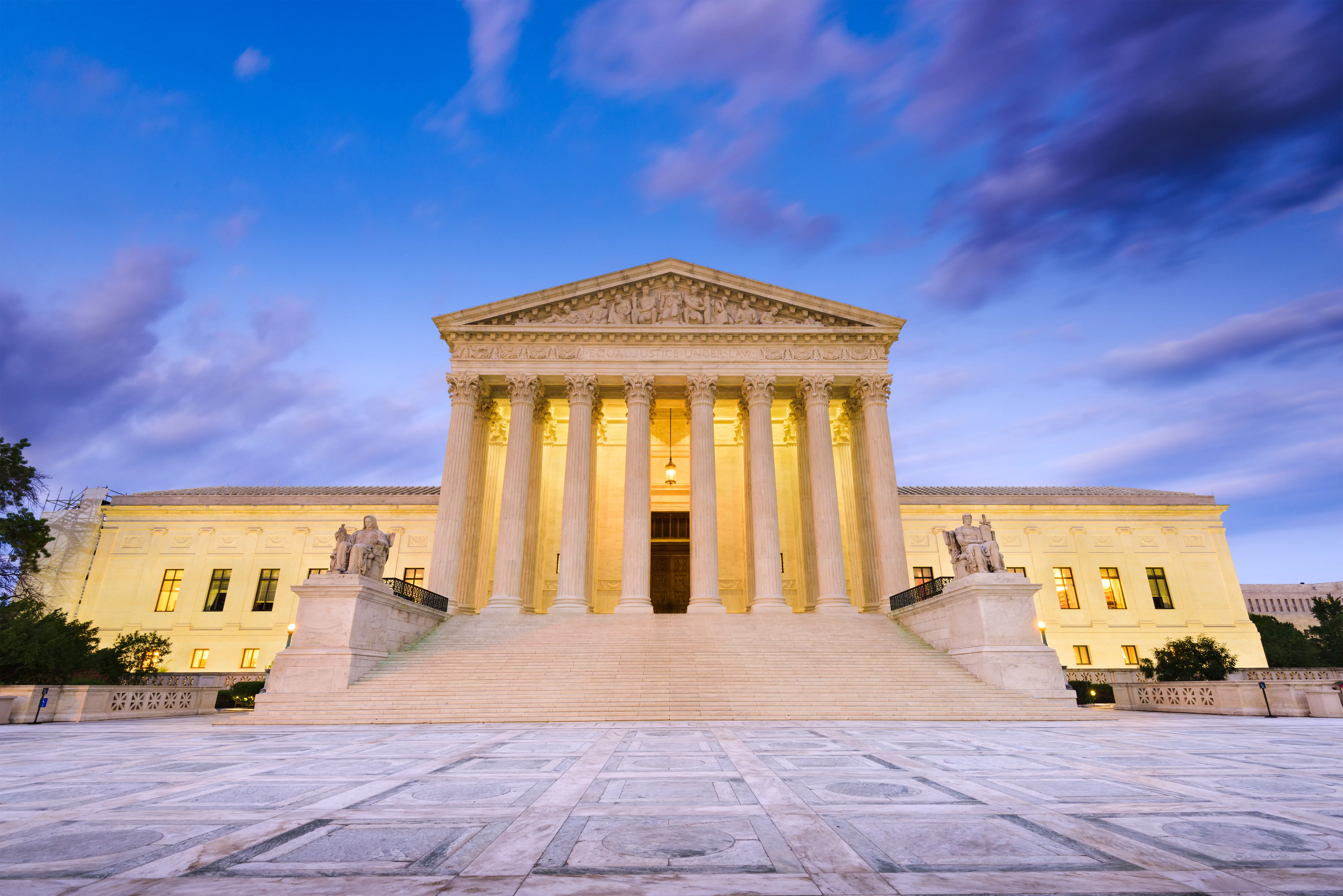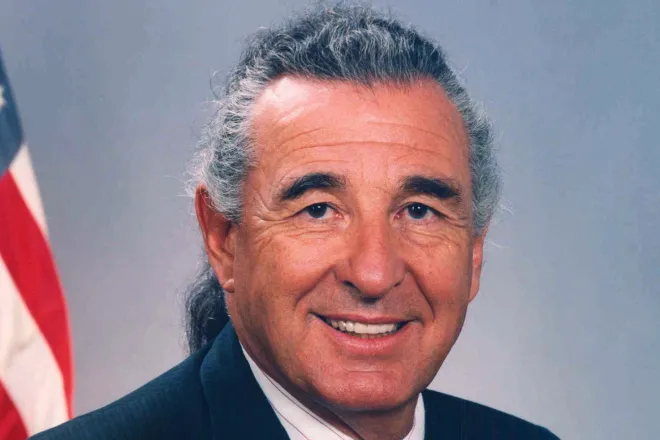
Xcel plan to reduce emissions includes untested technologies
(Colorado News Connection) In 2021, Colorado lawmakers required utilities supplying natural gas for heating homes and businesses to reduce greenhouse gas emissions by 4 percent by 2025, and by 22 percent by 2030.
This month Xcel Energy released its Clean Heat Plan, the first of its kind in the nation, which outlines how the company will meet those targets.
Brett Anton, field organizer for the Colorado chapter of the Sierra Club, explained some of the company's options.
"There are a number of different ways it can do that," Anton outlined. "It can do that through electrification and energy efficiency, which we view as the best and the safest way to do things."
Xcel said it is committed to delivering lower-carbon energy service to its customers, but insists natural gas is the most affordable way to heat homes and businesses. The company's plan also includes what Anton described as untested and expensive technologies, including biofuels and hydrogen. The public can comment on the plan at the Colorado Public Utilities Commission website, puc.colorado.gov.
Natural gas emissions are over 85 times more potent at trapping heat in the atmosphere than carbon dioxide. The world's leading scientists have repeatedly warned in order to avert catastrophic impacts of climate change, emissions from burning fossil fuels must be reduced by 45 percent by 2030, and reach net-zero by 2050.
Anton argued now is the time to move away from natural gas infrastructure and gas appliances in homes and buildings.
"Hitting this 22 percent is really central," Anton stressed. "Emissions from buildings are 20 percent of our energy-related emissions. Building emissions are the third-largest sector in Colorado."
Cost continues to be a barrier for low-income consumers to switch from natural gas to electric heating and cooling solutions. Anton pointed out Colorado officials can now apply for federal funds to help people who cannot afford to install heat pumps and replace gas-powered furnaces, ovens and other appliances.
"The Department of Energy released guidance for $8.5 billion that are going to start going out to states for home electrification and efficiency," Anton noted. "The guidance requests that states put at least half their program funds to low-income households. So this is an opportunity."

















